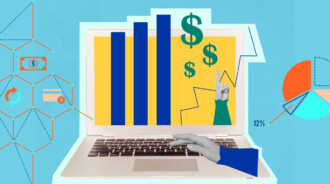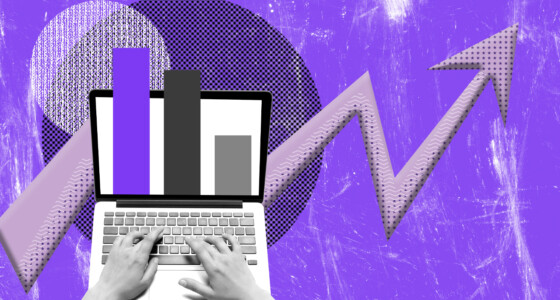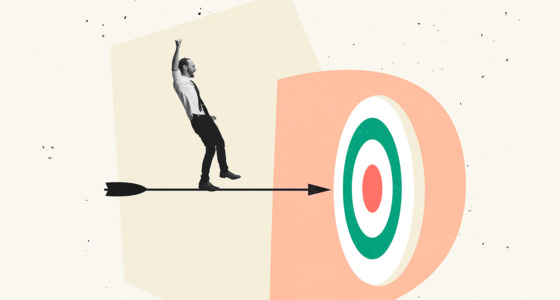

Taxes are the main driving force responsible for running a state. Precisely for this reason, this guide will illustrate the fundamental concept of the progressive tax system to understand taxes better.
Let’s explore the progressive tax system comprehensively.
What is a progressive tax?
A progressive tax is a system where the tax percentage and, resultantly, its amount goes up with an increase in a person’s taxable income. The income is usually segmented into tax brackets where a higher rate is imposed upon income crossing a specified limit. The salary bands in the United Kingdom are a perfect example to demonstrate the idea behind the progressive tax system.
Here’s what they look like:
| Band | Taxable Income | Tax Rate |
| Personal allowance | Up to £12.570 | 0% |
| Basic rate | £12.571 to £50.270 | 20% |
| Higher rate | £50.271 to £150.000 | 40% |
| Additional rate | Over £150.000 | 45% |
These salary classifications make the individual earning the most pay the most in income taxes. In contrast with a regressive tax system, where a tax liability lessens with an increase in income, the progressive tax system leaves an impression of justice where the person living a hard life is not liable to pay income tax.
Summary
- A progressive tax imposes a higher rate and obliges taxpayers to pay more tax with a direct incremental effect on their taxable income.
- Investment income taxes, rental earnings, tax on interest earned, and estate tax are common examples of progressive tax.
- A regressive tax system is the exact opposite of a progressive tax system, which makes taxpayers pay less in taxes with an increase in their income.
Examples of progressive tax
Let’s look at the following common examples of progressive tax to understand it better.
Investment income taxes
Taxes levied on income-generating investment activities fall under the ambit of taxes on investment. These taxes affect taxpayers engaged in investments generally with excess cash.
Taxes on interest earned
It is a tax levied on interest earned on savings or investments, which is considered passive income.
Taxes on rental earnings
While you can deduct all construction-related costs once completed, this progressive tax applies to those who invest in rental properties.
Estate tax
This tax is usually levied on the deceased’s asset when its value exceeds a certain amount set by the government.
Advantages of a progressive tax
The following are the advantages of implementing a progressive tax:
- A progressive tax system adheres to the adequate distribution of tax burden where the taxpayers with a higher and stable income carry the heaviest tax burden.
- Less prosperous taxpayers are guaranteed not to incur large taxes.
- The government gathers more tax revenue by implementing the progressive tax compared to collecting taxes through a proportional tax system.

Progressive vs. regressive tax systems
A progressive tax system taxes individuals and corporations according to how much they earn. This system is used in countries with a large gap between the affluent and the less prosperous or where the government needs money to fund essential programs.
In a progressive tax system, each person pays a percentage of their income. This percentage increases as their income increases. For example, a person who earns $100.000 a year would pay 25% of their income in taxes. If the same person were to make $1 million a year, they would pay 33.33% of their income in taxes.
A regressive tax system is one where all people pay the same percentage of their income in taxes regardless of how much they make. For example, an individual who makes $100.000 per year would pay the same percentage as someone who makes $20.000 per year; both would pay 25% of their income in taxes.
Example
Here’s an example stating the rates disparity between progressive and regressive tax systems:
| Taxable Amount | Progressive Rate | Regressive Rate |
| 30.000 | 20% | 20% |
| 50.000 | 35% | 15% |
| >50,000 | 45% | 10% |
From the above example, it is clear that a progressive tax system obliges the taxpayer with the highest income to pay the largest share of the tax. While in a regressive tax system, the poor take the highest tax rate.
The economists’ view on progressive tax rates
A country’s economy is developed through investments. Primarily the countries invest in projects from the remainder of income after consumption. Efficient economies are supposed to equal their investments and savings. It allows people to invest their money in income-generating activities rather than leaving them unproductive.
However, things can be different in a progressive tax system, as those with more income are charged higher tax rates. It makes them carry less disposable income, and people might also not utilize their productivity to the fullest since the marginal income is taxed at a high marginal rate. This results in fewer investments, which negatively affects an economy in the long run.
From the perspective of those who benefit from progressive taxes, they become stronger in relevance with their purchasing power. It also increases the demand for certain subsidized commodities or those which are part of the basic commodities. These two factors promote growth and development in areas that may have otherwise been tricky to stimulate.
Depending upon your school of thought, the outcome of a progressive tax system on economic growth can have two interpretations. Classical economists believe economic growth should take a natural route without government intervention, while Keynesians argue to get government help and expenditures to supercharge economic growth.
Impact of inflation on a progressive tax system
Inflation directly impacts the prices of goods and services, which keep increasing without improving people’s living standards. It has a detrimental effect on money’s purchasing power and the value of investments. Thus, living by progressive tax rates makes people pay higher than the initial value set for them.
The bottom line
The progressive tax system compels high-income earners to tolerate more taxes while people living below the means enjoy a sense of equality as they are charged less percentage of the tax rate. This makes the affluent class of the economy discouraged from investing in projects of their country, and they look for other opportunities that can pay them well while bearing fewer taxes.









